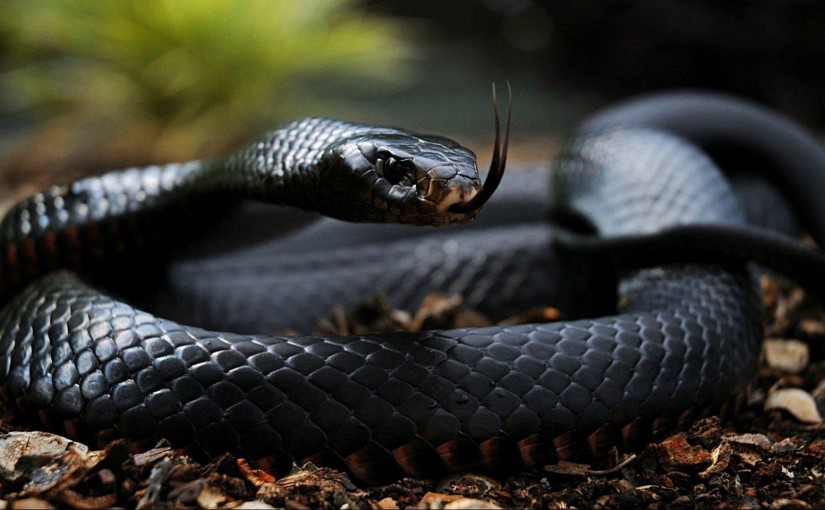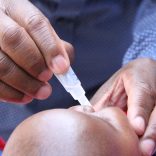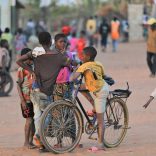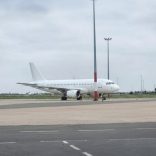Mozambique: Over three million children to be vaccinated against polio in Nampula
Beware the winter snakebite – expert

science-all.com (file photo) / A black mamba
Anyone who thought they would be safe from snakebites this winter will have to think again.
According to reptile expert, Johan Marais, of the African Snakebite Institute in South Africa, snakes across Southern Africa don’t always go into hibernation.
“Their digestive systems are a bit slower and they don’t eat a lot during the colder months, but be aware that snakes in our part of the world are very much alive and busy.
“They don’t eat a lot under 18 degrees Celsius and they do crawl into holes in the ground for some heat, but that is not always the case.
“Take note that puff adders and pythons are currently in their mating season and are not enjoying a nice, warm corner somewhere out of the way, they are busy and excited and on the prowl looking for a mate,” said Marais.
Marais warned people not to drop their guard when in the bush.
2.7m serious snake bites a year
He said that every year, 2.7 million people around the world suffer serious snake bites and the envenomation that goes with it.
At least 125 000 are killed while 400 000 are permanently disabled.
In Mpumalanga, and especially in the Lowveld, this figure is especially high.
According to Marais, a snakebite can be devastating.
“It all depends on what kind of snake it is. There are snakes that do not have anti-venom as treatment when bitten, like for instance the southern vine snake. The venom of this snake is potently haemotoxic and causes uncontrolled internal bleeding.
“For other dangerous snakes, like the black mamba or the Mozambican spitting cobra, there is anti-venom, but the cost per ampule is quite high so treatment is costly and often not available.
“In the rural areas, bites by Mozambican spitting cobras caused a lot of disfigurement this year, because help and even transport is not readily available,” Marais said.
Ampule of anti-venom costs about R1 200
He added that an ampule of anti-venom costs about R1 200 per unit, and that one would need between 10 to 15 ampules during treatment.
“It can cost you at least R10 000,” he said.
Quite a number of children had been bitten by Mozambican spitting cobras, he said.
One such child is Salomé de Beer’s daughter Hanneke de Beer, a special needs child who was bitten almost 12 years ago when a cobra crawled into her bed in Polokwane.
“She couldn’t tell us what happened at first. It took long to get over this. She was bitten in the arm and she almost lost her arm. Very traumatic. She still has the marks,” De Beer said.
While statistics are difficult to come by in the Lowveld, Marais says there are about 7 000 serious snakebite cases in Southern Africa annually.
“The (Kruger National) park is a wild area and you will find snakes anywhere. Be prepared with some basic kit, especially good foot cover and long trousers. It may help to identify the snake if it is possible, but not critical, because doctors treat symptoms and not a snake bite,” Marais said.













Leave a Reply
Be the First to Comment!
You must be logged in to post a comment.
You must be logged in to post a comment.